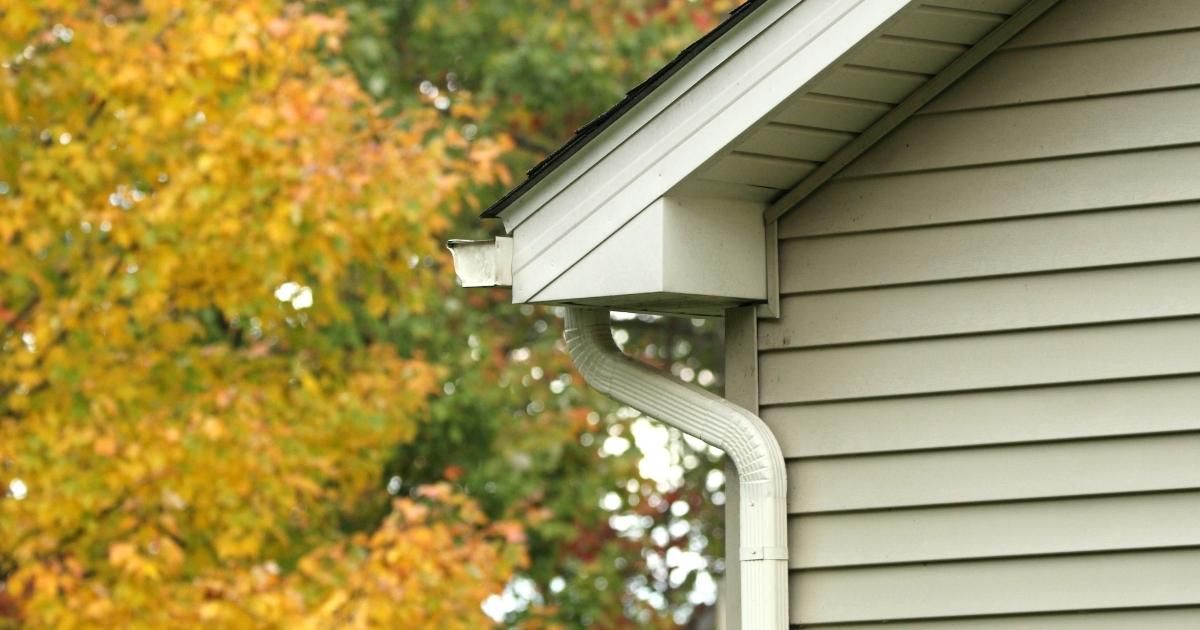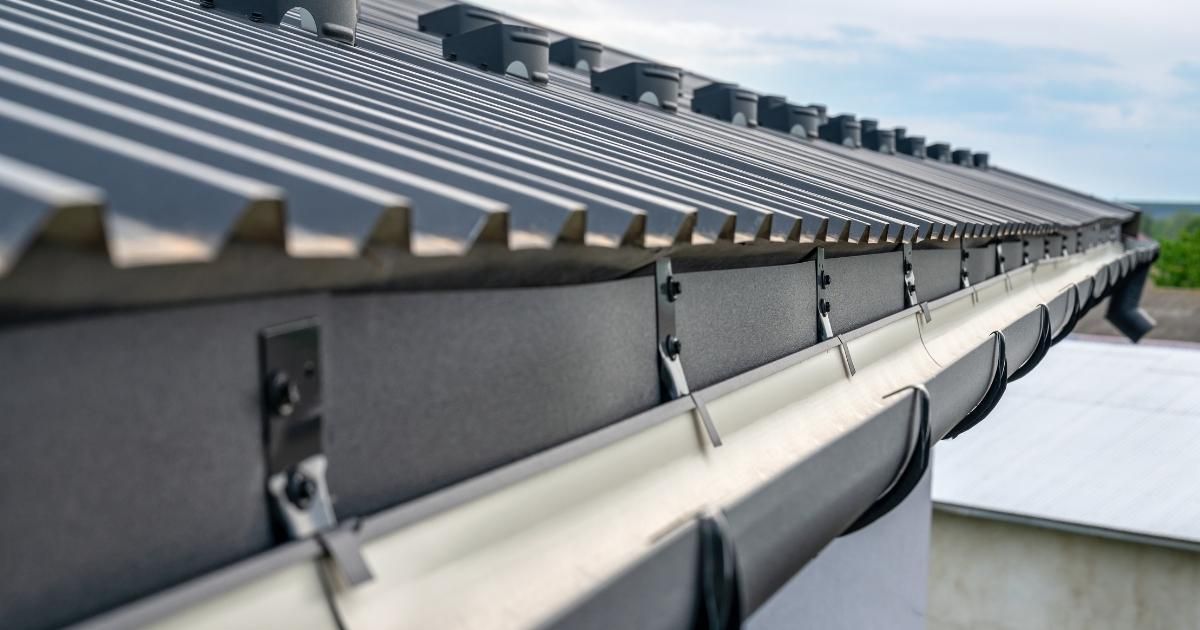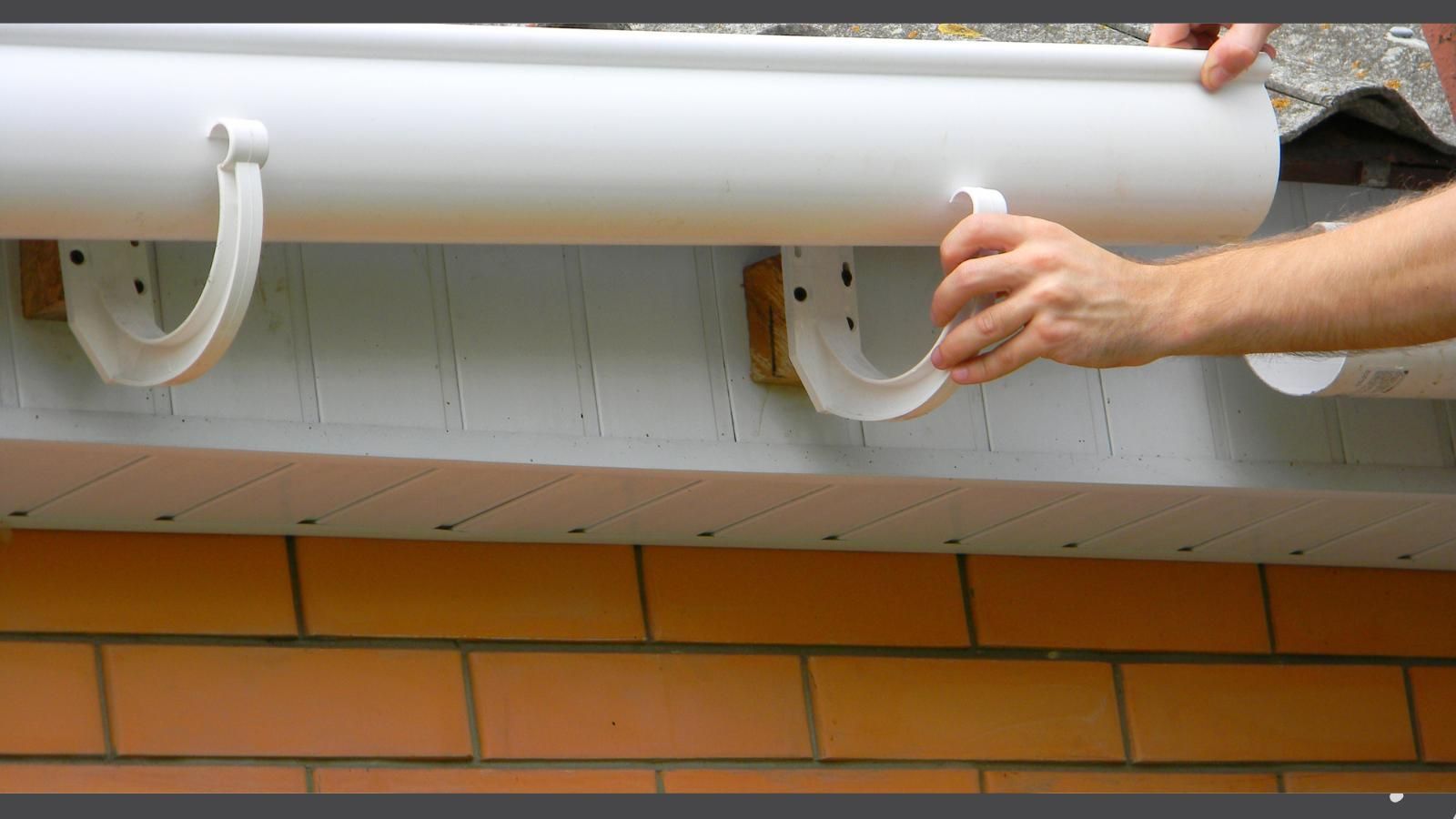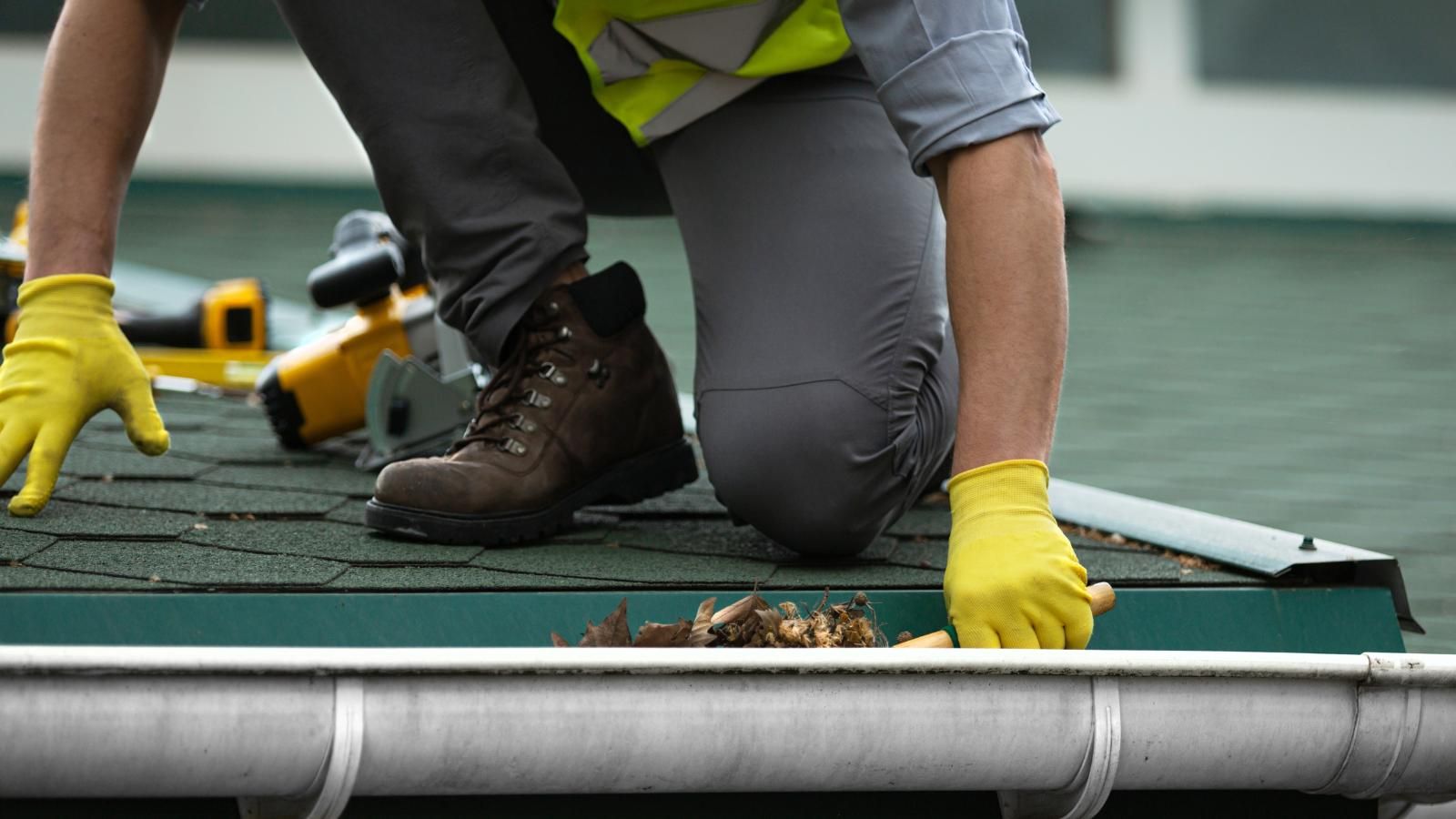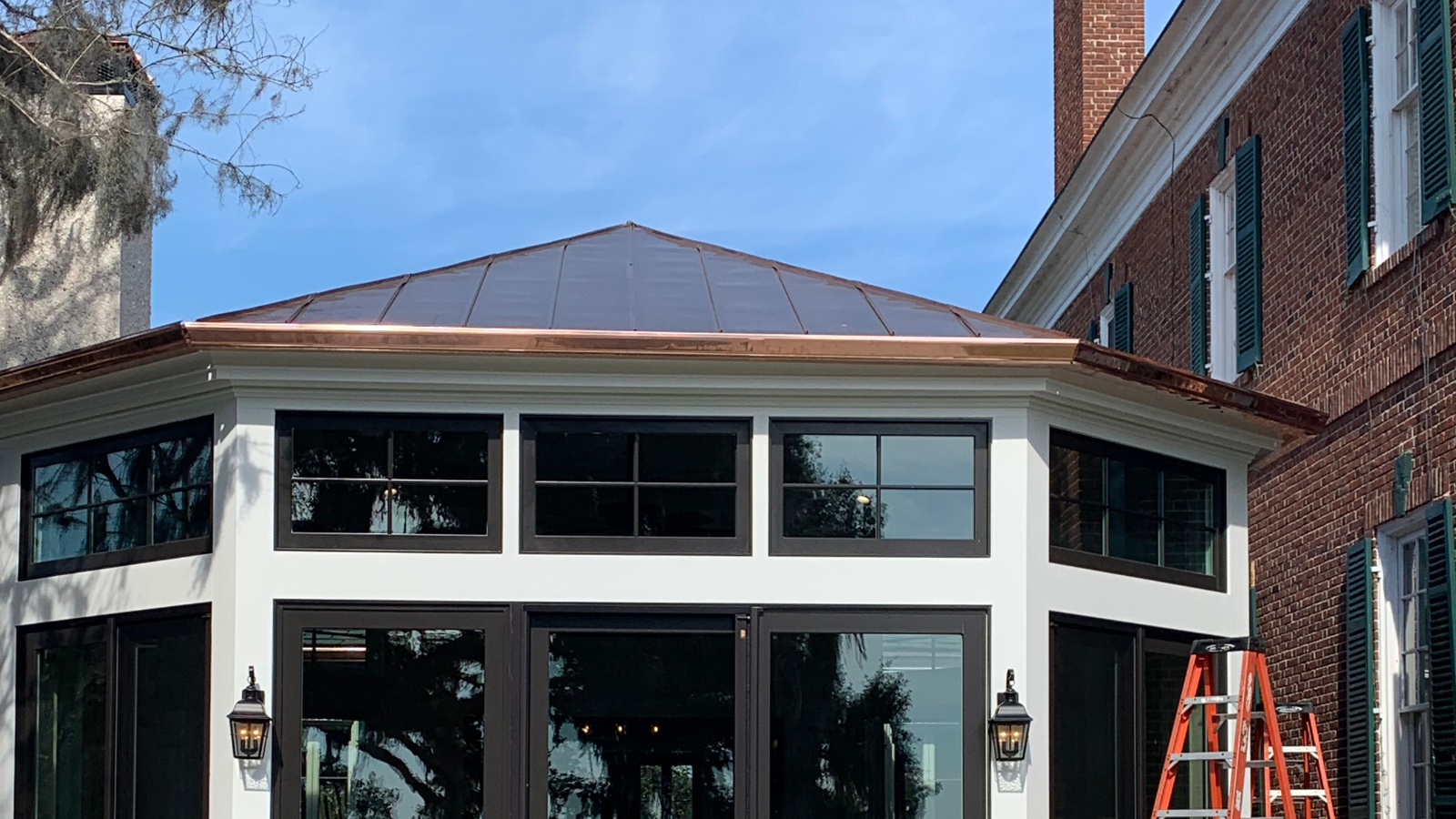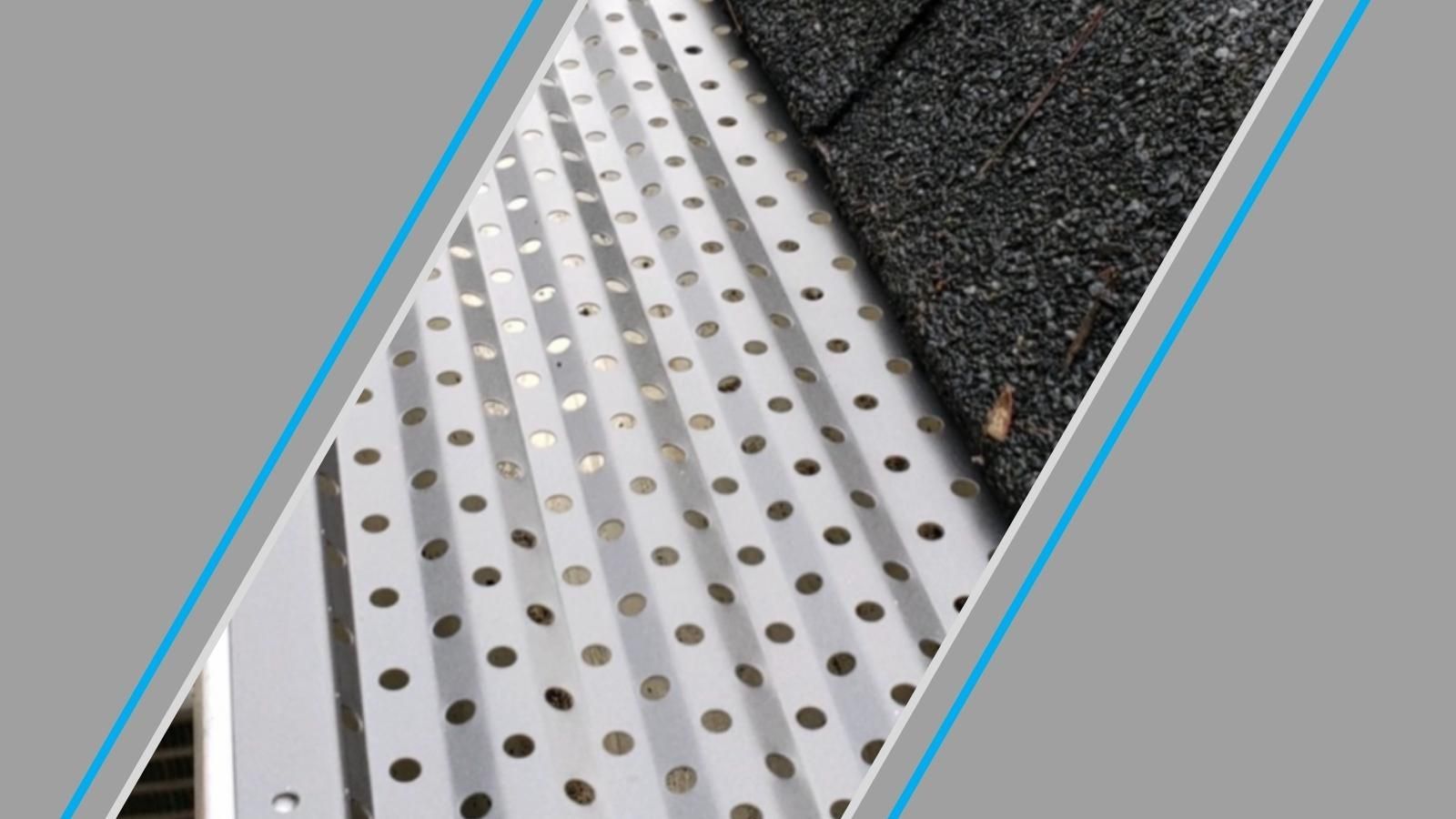How to Clear a Clogged Gutter and Prevent Leaking Gutters
Cleaning clogged gutters in the fall and winter is a common home maintenance chore. Leaves, ice dams, and other debris can accumulate in your gutters, leading to clogged downspouts that prevent water from properly flowing away from your home. Failing to clean clogged gutters leads to roof, siding, and foundation damage. Protect your home with our step-by-step guide for preventing
gutter leaks caused by clogs.
In this post you will:
The Importance of Keeping Gutters Clear and Leak-Free
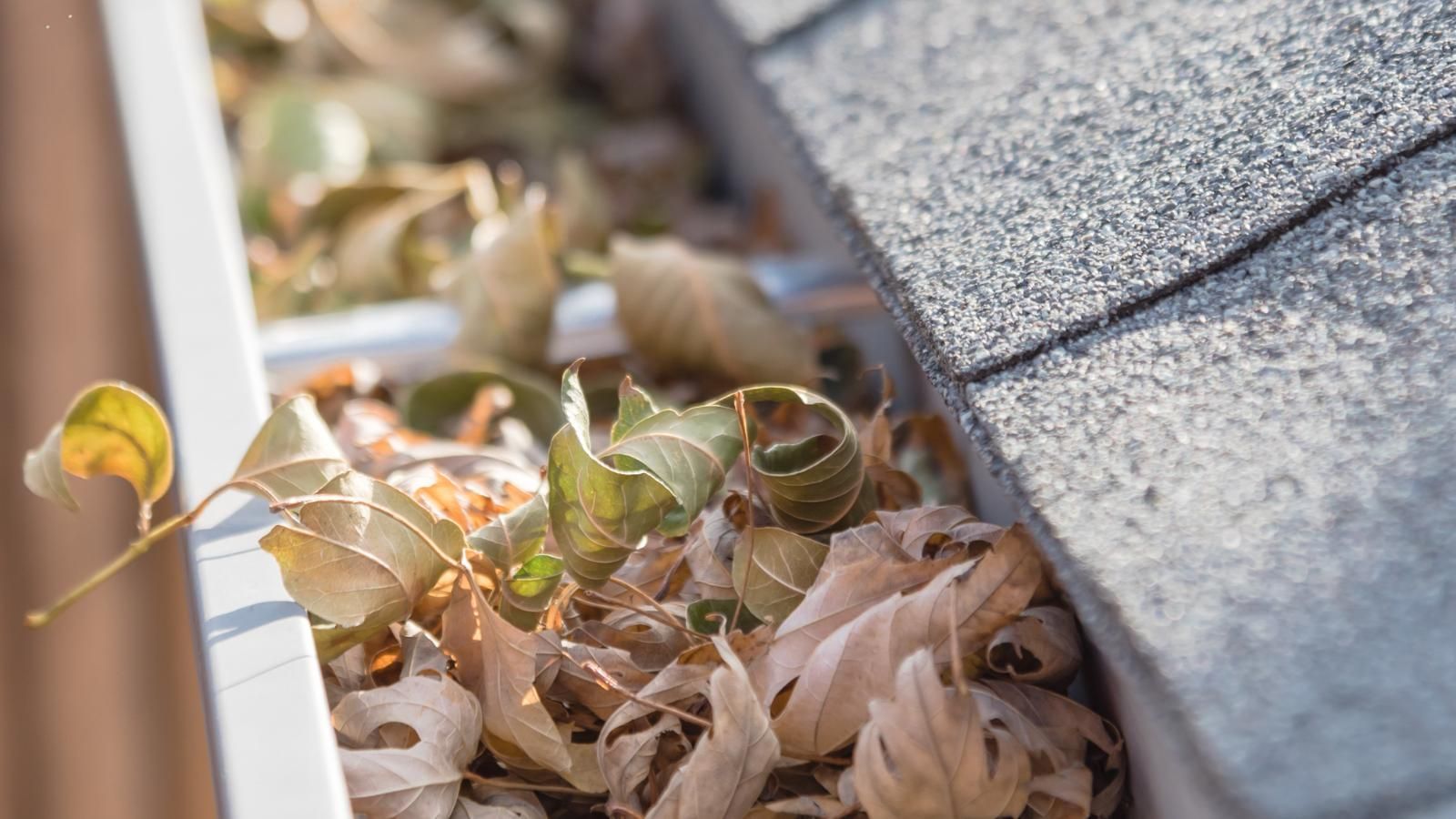
Clearing clogged downspouts and gutters may not be an enjoyable way to spend your time, but this important chore will protect your home from water damage. With the right tools and a bit of know-how, homeowners can easily manage clogs themselves to prevent leaks that could become a problem. Take a proactive approach and
maintain your gutters to avoid costly repairs and ensure that your gutters function effectively, keeping your home safe and dry.
Clearing Clogged Gutters from Leaves and Organic Debris
Start by collecting the right tools for the job: gutter scoops, leaf blowers, garden hoses, and a ladder. Carefully position a sturdy ladder on even ground, and always maintain three points of contact to ensure safety. A gutter scoop will be helpful to remove large clumps of leaves and debris. A leaf blower can be used to clear out lighter materials. Once the bulk of the debris is gone, flush out the remaining particles with a garden hose, starting at the end opposite the downspout to ensure a thorough cleaning.
Hint: Tie a small piece of cord or rope to the end of the hose and pull it up free-handed while you are on the ladder.
Always have someone nearby to assist you when working on a ladder. To reduce the frequency of clogs, consider installing gutter guards, which prevent leaves from dropping into the gutters. Trimming back nearby trees will make cleaning clogged gutters less of a chore
How to Break Up Ice Dams and Clear Ice-Clogged Gutters
The freezing temperatures of winter can cause ice dams on the roof and in your gutters. Ice formations occur when warm attic air causes snow on the roof to melt, which then refreezes at the edges, forming a dam. As more snow melts and water builds up behind the dam, it can seep under shingles and into your home, causing leaks. Use a roof rake to gently clear snow from the roof, especially near the gutter edges. This will reduce the amount of snow that melts and then refreezes. For stubborn ice dams, consider using de-icing cables along the gutter line, which can melt the ice over time. Calcium chloride ice melt applied directly to the ice dam will also help to break up ice without damaging your gutters.
Properly insulated and ventilated attics prevent ice dams from forming by keeping the roof surface cold; this keeps the snow from melting and refreezing into an ice dam. A plumber's snake can break up ice formed within an ice-clogged downspout. Avoid using sharp tools that could damage the downspout. Once the ice is dislodged, flush the downspout with warm water (not boiling) to ensure it’s completely cleared.
Removing Other Debris: Mud, Shingle Granules, and More
Mud and Sediment
Mud can mix with leaves and other organic matter, forming a dense, stubborn gutter clog. Start to remove mud by first using a gutter scoop to clear out as much as possible. Flush out the remaining sediment with water from a garden hose, starting from the opposite end of the downspout. A stiff-bristled brush can loosen up a tough enough to flush the rest away. Regular cleaning is important for preventing mud build-up, especially after storms.
Shingle Granules
Shingle granules naturally shed, especially if the roof is new or has experienced harsh weather. These small, gritty particles will accumulate in your gutters and downspouts, leading to clogs. Remove them with a gutter scoop or a small hand trowel to carefully collect and discard the granules. Follow up by flushing out the rest with the garden hose. Hint: large amounts of granules accumulating in your gutters are a sign that the shingles are deteriorating; it may be time for a roof inspection.
Small Branches and Twigs
Start removing the larger branches and twigs with a gloved hand. A leaf blower can be helpful to dislodge smaller twigs or simply scoop them out by hand.
Inspecting and maintaining your roof and gutters after storms will help you stay on top of keeping your gutters in good shape. Gutter guards will minimize the accumulation of gutter clogs and keep your gutters working efficiently to protect your home.
What Should I Do If My Gutter Drain is Leaking?
Inspect your gutters for cracks, holes, or separations to the joints; these can be sealed with a gutter sealant.
If your clogged gutter has caused damage, such as warping, extensive rusting, or large cracks, you should consider replacing the affected section of the gutter.
A complete replacement may be necessary to ensure proper drainage and prevent future leaks and repairs. Investing in new gutters can save you from costly repairs later on and will protect your home from water damage.
Keep Your Gutters Clean and Leak-Free
DIY homeowners who keep their gutters free of leaves, debris, and ice will ensure that water flows properly, protecting your roof, siding, and foundation. Whether clearing out leaves and branches, breaking up ice dams, or dealing with shingle granules, proactive care goes a long way in maintaining your gutters.
Contact Quality Seamless Gutters if your DIY solutions aren’t enough or if you prefer professional assistance. Our expert team is here to help keep your gutters in top condition, ensuring your home stays safe and dry.


